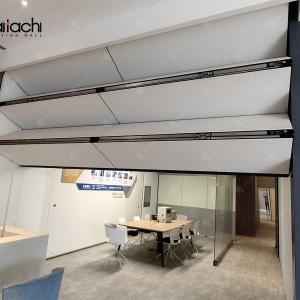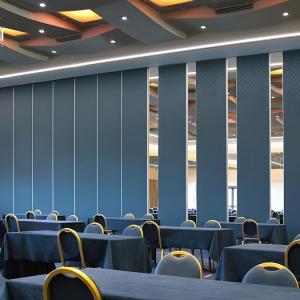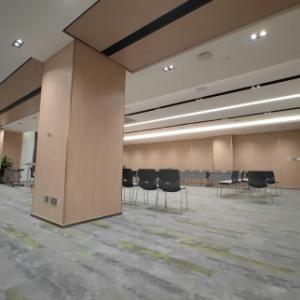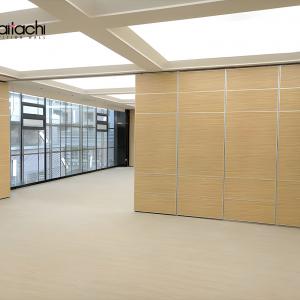How to Install Indoor Room partition wall
There are many ways to install interior partition walls, and the best method depends on your needs and budget. Here are some common options:
1. Fixed wall partitions: This is the most traditional method, using materials such as masonry, drywall, steel frames, or wood to build new walls. This method is excellent for soundproofing and privacy.
2. Sliding doors: Sliding doors are a flexible solution that can be opened or closed as needed. Sliding doors are great for dividing spaces while still allowing airflow and natural light.
3. Folding doors: Similar to an accordion, retractable walls can completely open up a space when needed. They are perfect for areas that sometimes require a completely open layout.
4. Glass partitions: Glass partitions provide soundproofing while still allowing for views. They are often used in offices and modern interiors to create a stylish look.
5. Curtains: Curtains are an affordable and easy-to-install way to divide a space. However, they are generally not very soundproof.
6. Bookshelves or screens: They can serve as functional partitions while providing additional storage space. You can choose open bookshelves or bookshelves with back panels depending on your needs.

7. Ceiling Suspended: Suspended partitions can create separate spaces, perfect for layouts that require flexibility.
8. Sliding Walls: These highly customizable options can be retracted or retracted as needed, but usually require professional installation.
9. Folding Glass Partition Walls: Folding glass partitions are an elegant and versatile way to divide space while maintaining an open, airy feel. They can also be opened and closed, and can be adjusted for transparency to enhance privacy.
10. Removable Folding Partition Walls: Expand when needed and fold when not needed, easy to operate and good soundproofing.
11. Powered Vertically Operated Partition Walls: Operated by remote control or wall-mounted switch, they are ideal for large areas that require privacy and soundproofing.





